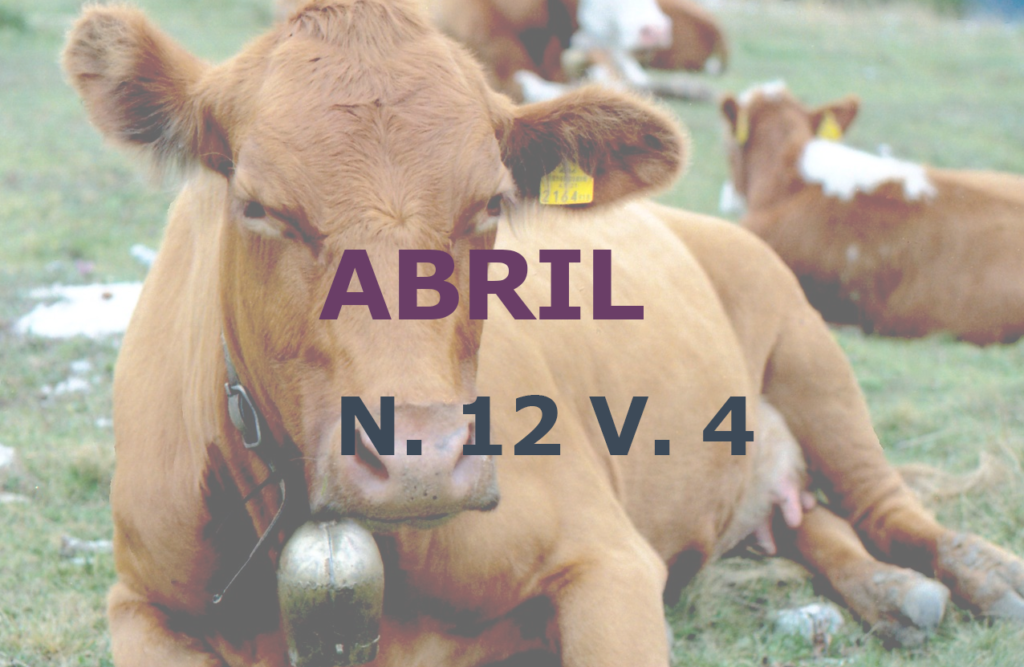Productivity of forage cultivars in Northeast of Brazil
DOI:
https://doi.org/10.22256/pubvet.v12n4a70.1-9Keywords:
Biomass, brachiaria, bromatology, panicum, qualityAbstract
With the objective of evaluating and selecting adapted forage for wild ecosystem, we evaluated 04 cultivars of the species Panicum maximum (Mombaça, Milenio, Tanzania and Massai) and 03 cultivars of Urochloa brizantha (Xaraés, Marandu and Piatã). The experiments were conducted at the Federal University of Alagoas / Campus Arapiraca in a completely randomized design with three replications in plots of 4.0 m². The cultivars of U. brizantha was sown in the field to haul experimental and when the plants reached about 30 cm to 15 cm were collected. Cultivars of the species P. maximum were germinated in trays containing commercial substratum and were later transplanted into the experimental area and were taken according to the height of each cultivar as follows: Milenio cultivars and Mombasa were cut to a height of 90 cm and 15 residual cm, to cultivate Tanzania was cut to 70 cm high and 30 cm residue and cultivate Massai was cut 50 cm in height and 20 cm residue. After cutting the plants were separated into blade, stem and dead material after drying and were evaluated to produce total dry mass, dry mass of leaf, stem and dead material. Production assessments for a square of 0,25 m2 was allocated randomly to the plots when the plants reached the height of cut. Immediately after the cuts the plants were weighed and separated into blade, stem and dead material, then the botanical components were dried in a forced air oven at 55 ° C until constant weight. From the results, we estimated the productivity. To bromatological assessments, were held in Near-Infrared Reflectance Spectrocospy (NIRS) in Animal Nutrition Laboratory at Embrapa Beef Cattle. The results indicate that cultivars Marandu and Xaraés (U. brizantha) and Tanzania (P. maximum) are those of greater productivity in the ecosystem Agreste.
Downloads
Published
Issue
Section
License
Copyright (c) 2018 Mariah Tenorio de Carvalho Souza, Janaina Azevedo Martuscello

This work is licensed under a Creative Commons Attribution 4.0 International License.
Você tem o direito de:
Compartilhar — copiar e redistribuir o material em qualquer suporte ou formato
Adaptar — remixar, transformar, e criar a partir do material para qualquer fim, mesmo que comercial.
O licenciante não pode revogar estes direitos desde que você respeite os termos da licença. De acordo com os termos seguintes:
Atribuição
— Você deve dar o crédito apropriado, prover um link para a licença e indicar se mudanças foram feitas. Você deve fazê-lo em qualquer circunstância razoável, mas de nenhuma maneira que sugira que o licenciante apoia você ou o seu uso. Sem restrições adicionais
— Você não pode aplicar termos jurídicos ou medidas de caráter tecnológico que restrinjam legalmente outros de fazerem algo que a licença permita.





